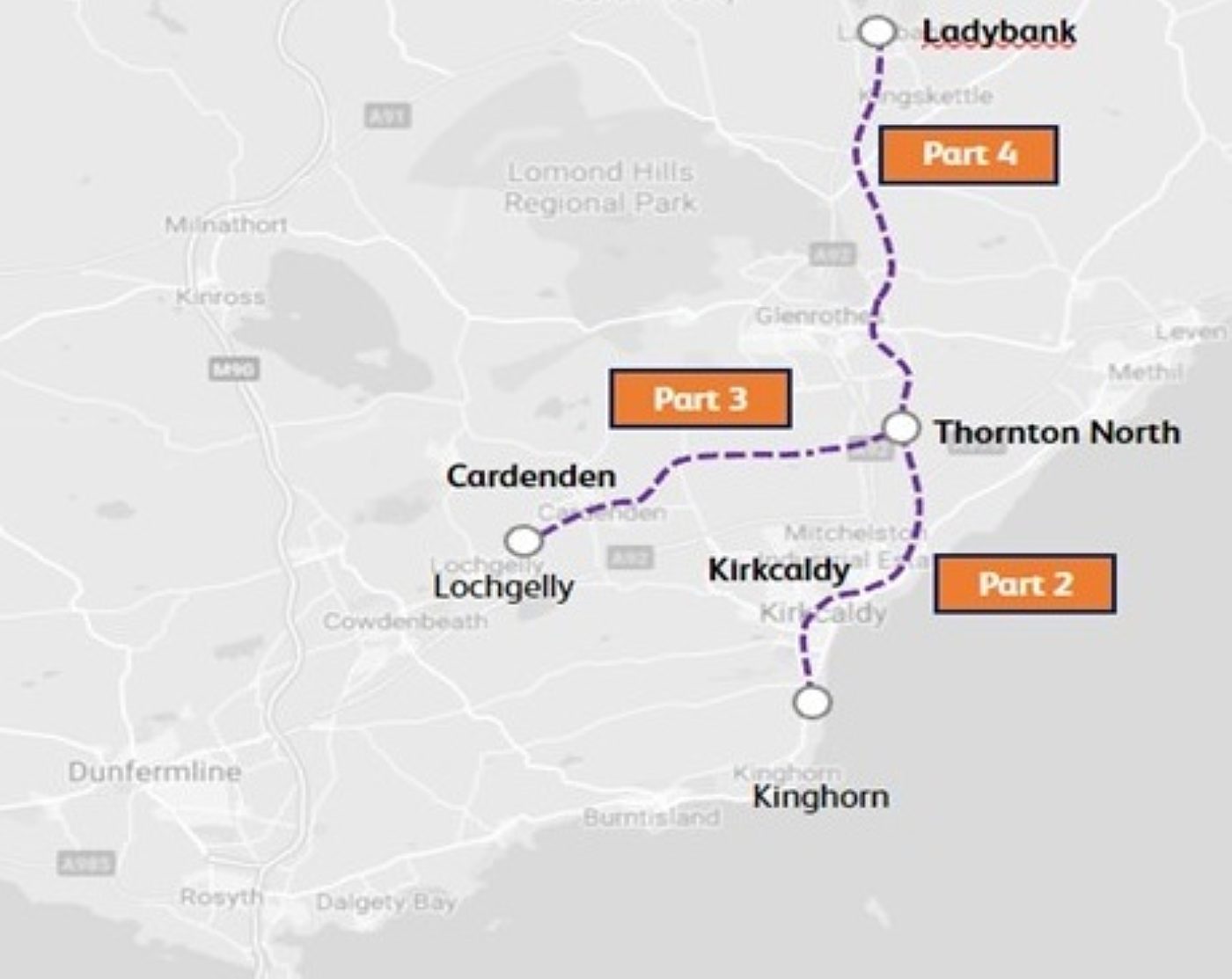
Fife Electrification
Fife Electrification
Electrification of the Fife Circle and lines connecting Fife to Edinburgh to decarbonise our railway
The Fife Electrification project is the next part of the Scottish Government’s rolling programme of electrification. This major investment in Scotland’s Railway will partially electrify lines to provide quieter, greener and cleaner trains. Reducing carbon emissions will not only improve rail’s green credentials, but will make the air cleaner and play a vital part in building a strong, green economy for the future.
Project Timeline
-
June 2022 Start of work between Haymarket and Dalmeny
-
December 2024 Completion of electrification between Haymarket and Dalmeny
-
December 2025 Completion of partial electrification of Fife Circle
Why?
Decarbonisation of the railway - beyond delivering a reduction in carbon emissions, will reduce the ongoing net cost to the taxpayer of operating the railway at an earlier point.
Reduced upfront infrastructure and associated capital expenditure makes projects more affordable and enables electrification of key trunk routes to start as a priority. Additionally, it does not preclude full electrification occurring at a future date.
The Fife electrification scheme has been approved for partial electrification, using battery electric multiple units, and further development work is to be undertaken to support this. The project is part of the plan to decarbonise the passenger railway network by 2035.
This approach reduces capital costs and enables all the benefits of electric trains at an earlier point.
What will change?
The Fife electrification scheme will take forward the partial electrification of the line between Haymarket and Dalmeny and on the Fife Circle. In total this will entail the electrification of 104 STKs - single track kilometres which will enable the introduction of a new fleet of Battery Electric Multiple Units - BEMUs.
BEMUs will run under the wires on specific sections charging the batteries for operation in non-electrified sections.
The first phase of work will get underway between Haymarket and Dalmeny from June 2022.
Tasks
Project Updates
If you would like to receive updates about the project via e-mail, please complete the box below.
